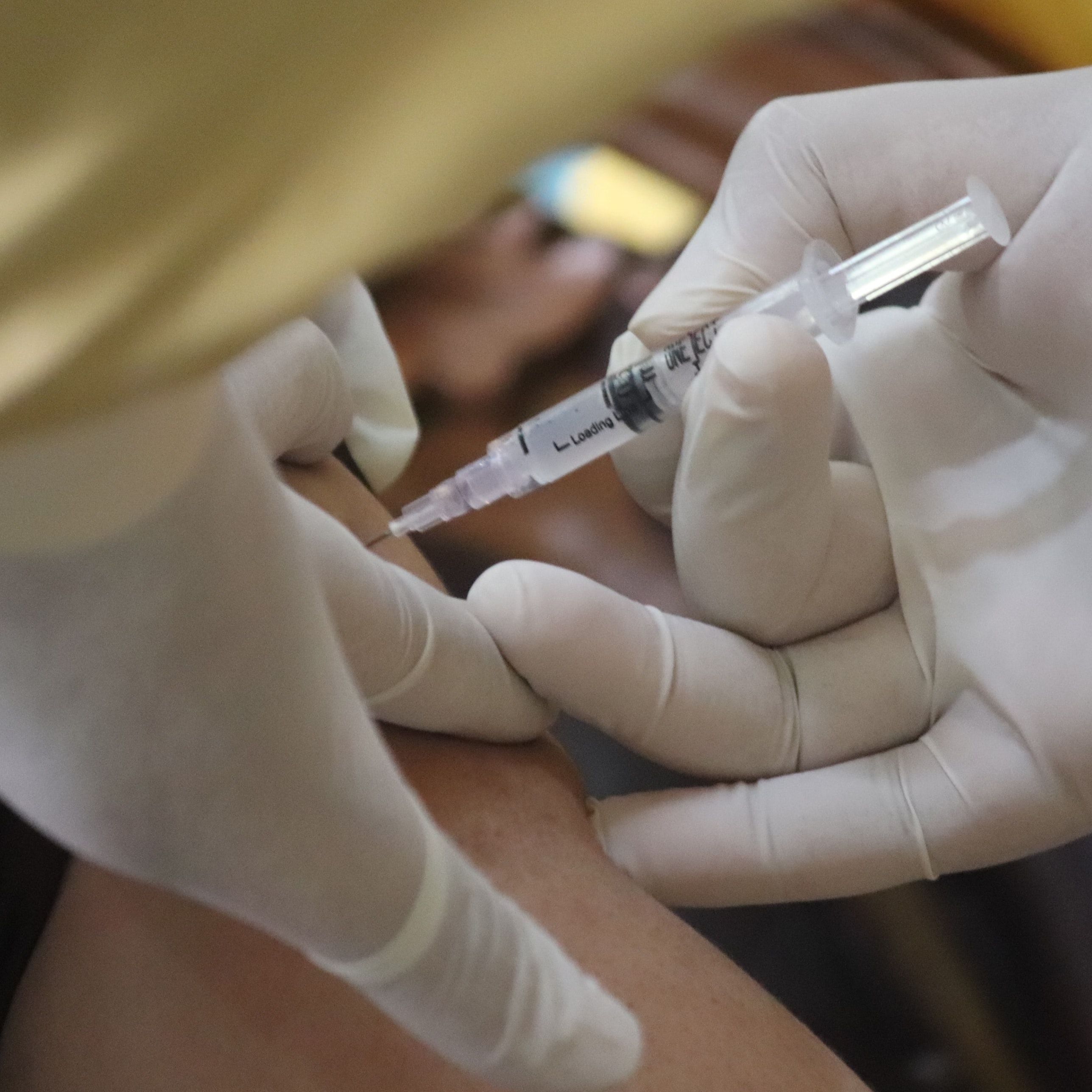Article
Vaccination for Cancer? Why the Controversy?
The Oncology Drug Advisory Committee of the FDA met to review new applications on HPV vaccination, one from Merck for Gardasil, another from GSK for Cervarix.
HPV is a virus. It is sexually transmitted and even condoms wont prevent infection. Many of us are already infected with HPV, and yes, many of us do not get cancer. That’s because there are more than one type of HPV and only some of them are associated with a risk of cancer. HPV types 16 and 18 are the most commonly associated with cervical cancer, but are also associated with increased risk of other cancers as well. In women, these strains are linked to primary vulvar and vaginal cancers; in men, it is associated with penile cancers; in both sexes, it is associated with head and neck cancers and anal cancers. Beyond just cancers, HPV is also associated with non-cancerous diseases, like warts that can appear on your genital tract, hands, and feet.
The first vaccine ever approved against HPV was Merck’s vaccine, Gardasil. The American Cancer Society has recommended it be used as a routine vaccination series of 3 shots in girls 11-18 years of age, though vaccination can start as young as 9. It is not currently recommended for women above 26, and currently, not recommended in boys. Vaccination with Gardasil was 99% effective in preventing pre-cancerous lesions in those who were not infected. For those who were HPV infected, vaccination efficacy was lower, at 44%. Vaccination was also found to prevent early changes associated with both vaginal and vulvar cancers, suggesting it could have a profound effect in curbing the incidence of these female tract cancers. There has been much controversy about the politics of vaccination (will it lead to earlier sexual activity?) and also a feeling that the side effects have not been clearly worked out.
Fortunately, as to the latter concern, investigators have recently released evidence suggesting that vaccination is safe and that fatal reactions and neurologic side effects (particularly a debilitating immune response that can lead to paralysis) are extremely rare. In fact, an article published in August 2009 looked at the incidence of side effects associated with Gardasil and estimated that for every 100,000 vaccinations the incidence of fainting was a little more than 8 cases and there was less than 0.5 cases of blood clots. Of the 23 million doses distributed, 32 deaths were reported: one in every 700,000.
As to the former, in my opinion, discussion on sexual activity misses the point entirely on vaccination; it is preventing cancer. As someone who has seen women diagnosed with vulvar, vaginal, or cervical cancer, seeing then endure the treatment and the side effects, and watching some of them die, a vaccine is welcome news.
Recently the Oncology Drug Advisory Committee (ODAC) of the Food and Drug Administration met to review new applications on HPV Vaccination. In the first, Merck sought to expand its indication to include vaccination in boys. It was based on the rationale that genital warts also occurs in boys, with estimates as high as 250,000 each year. ODAC has endorsed this recommendation, and so we must await the FDA’s ruling.
The second involved another HPV vaccine; this one is a bivalent vaccine, which protects against two strains of HPV, and it is called Cervarix. It has been approved in several parts of the world already, and its effectiveness has been shown in randomized trials. ODAC has endorsed approval of Cervarix as well. While acting against two strains, there is evidence of cross-protection as well, meaning that vaccination will protect against other strains as well.
Thus, should you vaccinate against HPV? There is significant disease states caused by it, from non-cancerous to cancerous. Given the safety profile now seen, I cannot see a reason why you would withhold it from your own children. I certainly plan to vaccinate my kids.
For more information:
BA Slade, et al. Postlicensure safety surveillance for quadrivalent human papillomavirus recombinant vaccine. JAMA 2009; 302:750-7.





